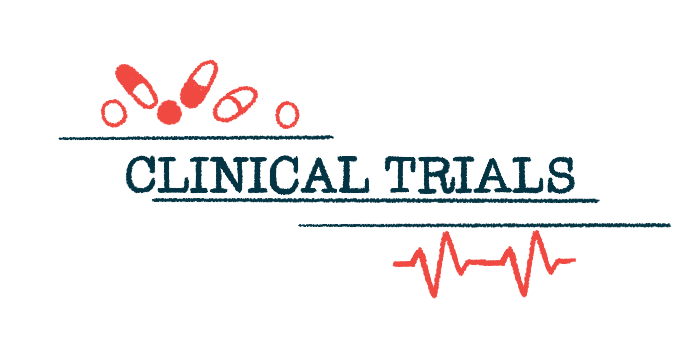FXR314 well tolerated, lowers liver fat, Phase 2 MASH trial shows
Organovo also looks at therapy's possible use in PBC, ulcerative colitis

FXR314, an investigational oral therapy, safely and effectively reduced liver fat content in adults with a severe form of fatty liver disease called metabolic dysfunction-associated steatohepatitis (MASH), according to data from a Phase 2 clinical trial.
“The key findings of this study are that once daily oral FXR314 demonstrated statistically significant liver fat reduction and excellent tolerability,” Keith Murphy, executive chairman of Organovo, the therapy’s developer, said in a company press release. “Given these exciting findings, we believe the data are supportive of further clinical development of FXR314 in MASH,” Murphy said.
Organovo expects to present detailed trial findings at an upcoming conference.
In MASH, previously known as nonalcoholic steatohepatitis (NASH), the accumulation of fatty deposits in the liver (steatosis) gives rise to inflammation and scarring (fibrosis). Left unaddressed, this can lead to serious and irreversible liver fibrosis, or cirrhosis, and liver failure.
Among the processes implicated in MASH and other forms of fatty liver disease is the dysregulation of circulating bile acids. Bile is a digestive fluid that’s made in the liver. The acids within it are critical for its ability to break down fats.
Side effects seen in other therapies
The farnesoid X receptor (FXR) is a protein involved in regulating the production of bile acids that’s been identified as a therapeutic target for treating MASH. Its levels have been found to be reduced in MASH patients compared with people with less advanced forms of fatty liver disease.
FXR activators such as Ocaliva (obeticholic acid) — approved for treating another liver disease called primary biliary cholangitis (PBC) — cilofexor, and tropifexor have been tested in MASH patients and shown some promise. However, they came with a number of unwanted side effects that have limited clinical development.
Side effects associated with this class of medications include worsening of itching, or pruritus, a common symptom of MASH and other liver diseases, and dysregulated blood cholesterol levels.
Originally developed by Metacrine as MET642, FXR314 is an optimized FXR agonist designed to have an improved therapeutic profile, including enhanced potency and sustained activity at FXR. Organovo acquired Metacrine’s FXR development program in March 2023.
The Phase 2 study (NCT04773964) was launched by Metacrine in 2021 to evaluate FXR314’s safety and efficacy among adults, ages 18-75, with a confirmed MASH diagnosis and a liver fat content of at least 10% at enrollment.
A total of 214 patients were enrolled and randomly assigned to receive either FXR314 (3 mg or 6 mg) or a placebo, once daily for 16 weeks, or about four months.
Results show drops in liver fat at both doses
Results showed that FXR314 led to significant reductions in liver fat content compared with a placebo. The low dose of the experimental therapy was associated with a 22.8% drop in liver fat, and the high dose with a 17.5% reduction, compared with 6.1% in the placebo group.
Significantly more patients given either the low (29.2%) or high dose (32.2%) of FXR314 achieved at least a 30% reduction in liver fat compared with those given a placebo (9.5%), as assessed by a type of MRI scan.
Investigators also observed reductions in measures of liver cell damage and improvements in liver function without worsening fibrosis, Organovo said.
The experimental treatment was safe and well tolerated, with most side effects being mild or moderate in severity and occurring at comparable rates to those in the placebo group.
There was no evidence of common side effects observed with the FXR class of medications, with pruritus being reported in 2.8%-4.2% of those on FXR314 and in 2.8% in those on a placebo. Pruritus did not lead to treatment discontinuation in either group.
Levels of a type of blood cholesterol remained relatively stable, rising by 1.5% in the low dose group, 4.5% in the high dose group, and declining by 3.6% on a placebo.
“Whereas other FXR agonists have had challenges in providing clear benefit without significant pruritus or other adverse events, or have had lack of efficacy potentially related to lack of sustained exposure, we are pleased to note FXR314’s data demonstrate it clearly rises above previous problems seen with the class,” Murphy said.
The company also is looking at FXR314 as a possible treatment of PBC, and it is soon to be tested in a Phase 2 trial for the treatment of ulcerative colitis, a type of inflammatory bowel disease. The company is considering other potential applications in metabolic diseases and cancer.







